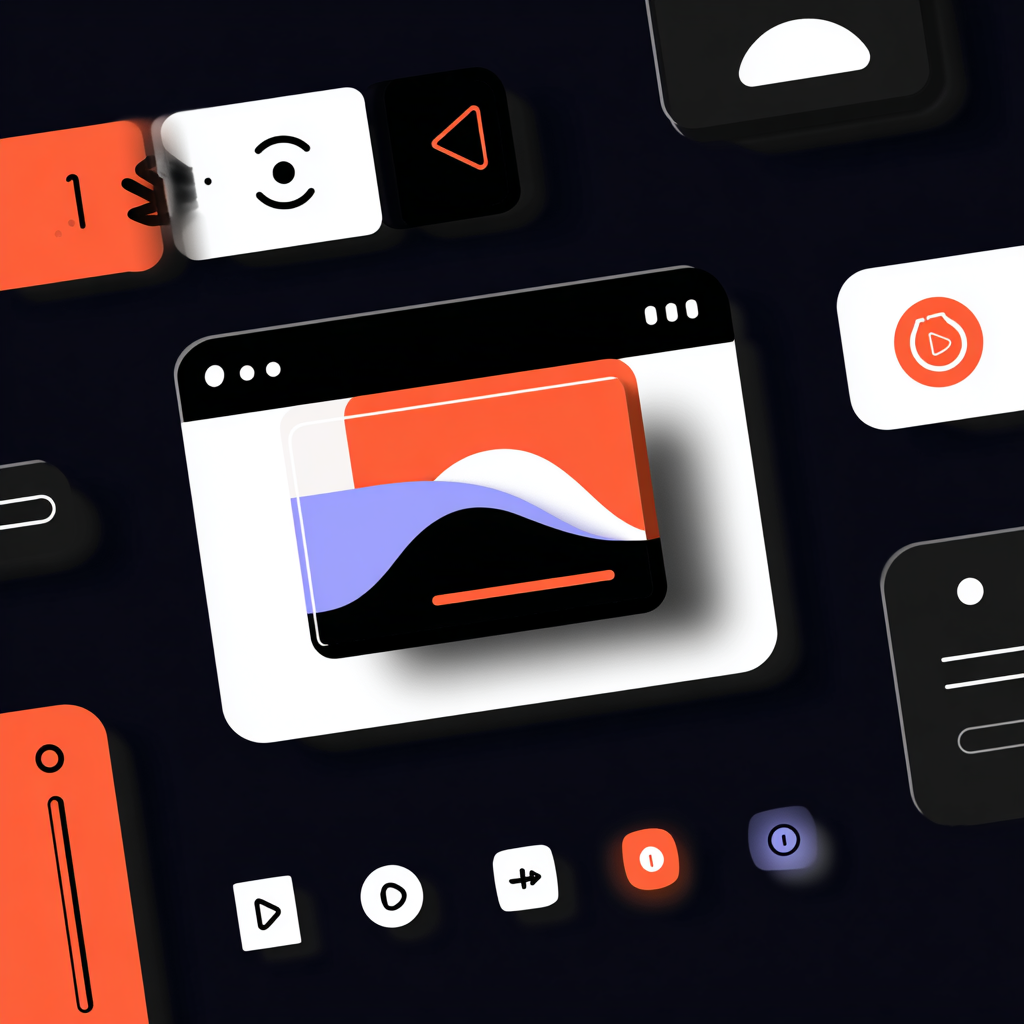AI Automation in Webflow: Harnessing GPT-4 and Make.com (2025 Blueprint)
A 1 000-word practical guide showing real no-code scenarios—AI-generated copy, dynamic images, and post-purchase emails—fully automated inside Webflow.

Published July 2025 • 10 min read
Why automate Webflow with AI in 2025?
Client expectations keep rising: real-time personalization, lightning-fast content updates, and human-like chat experiences—all without ballooning budgets. The 2025 wave of large-language models, led by GPT-4o, places powerful natural-language reasoning just an API call away. Pair that with Webflow's CMS API and Make.com's drag-and-drop workflows, and almost any repetitive task can become a background job.
Prerequisites
- A Webflow project on the CMS plan or higher
- A personal access token (PAT) with Content – write scope
- An OpenAI key with GPT-4 access
- A Make.com (Integromat) account
1 – Generate blog outlines on demand
Scenario: your marketing team submits a form titled "Need outline". A Make scenario triggers on form submission, calls OpenAI with a prompt "Create a 10-section outline for {{topic}}", then inserts the outline into a new Draft Blog Post via Webflow CMS API. The copywriter takes it from there.
- Webhook module listens to Webflow Forms
- OpenAI module sends the prompt and receives JSON
- Webflow → Create Item injects the outline into
blog-post---rich-text-body
2 – Auto-generate alt text for images
Accessibility compliance is critical. A Make scenario watches for a new CMS Image field, grabs the URL, feeds it to GPT-4's vision endpoint with the instruction “Return a concise alt text under 120 chars,” then patches the CMS item.
3 – Post-purchase onboarding emails
After a Webflow e-commerce order, trigger a serverless function (e.g., Netlify Edge) that calls GPT-4 with the customer’s first name and purchased plan. The model returns a personalized onboarding checklist which is mailed via Postmark. Average dev time saved per email: 5 minutes.
4 – Dynamic hero images with DALL·E 3
Feed the article title into DALL·E 3 to create on-brand illustrations. Store the output URL in the Featured Image field. Webflow’s responsive image generation handles the rest.
5 – ChatGPT-powered site search
Instead of keyword search, bundle all CMS items into an embeddings index (Supabase / Pinecone). A lightweight JavaScript widget fetches similar vectors and streams GPT-4o answers, citing matching posts. This lifts session time and conversion rates.
Rate-limiting & costs
Keep Webflow's 60-requests-per-minute limit in mind. In Make, add a Sleep module or batch updates into chunks of 50. GPT-4o-mini costs roughly $0.50 per thousand words—budget accordingly.
Security best practices
- Store API keys in Make's encrypted vault or as environment variables on serverless functions.
- Validate & sanitize form inputs before shipping them to GPT-4 to prevent prompt injection.
- Log all AI responses for review and quick rollbacks.
Conclusion
AI automation isn't a luxury in 2025—it's the competitive baseline. By blending Webflow's visual power with GPT-4 and Make's workflow engine, you can ship features that previously required a dev team, all within a single afternoon.
Subscribe to our weekly newsletter
Lorem ipsum dolor sit amet consectetur mi urna tellus dignissim duis at in tempor mauris morbi fermentum dolor lobortis aliquam maecenas.



